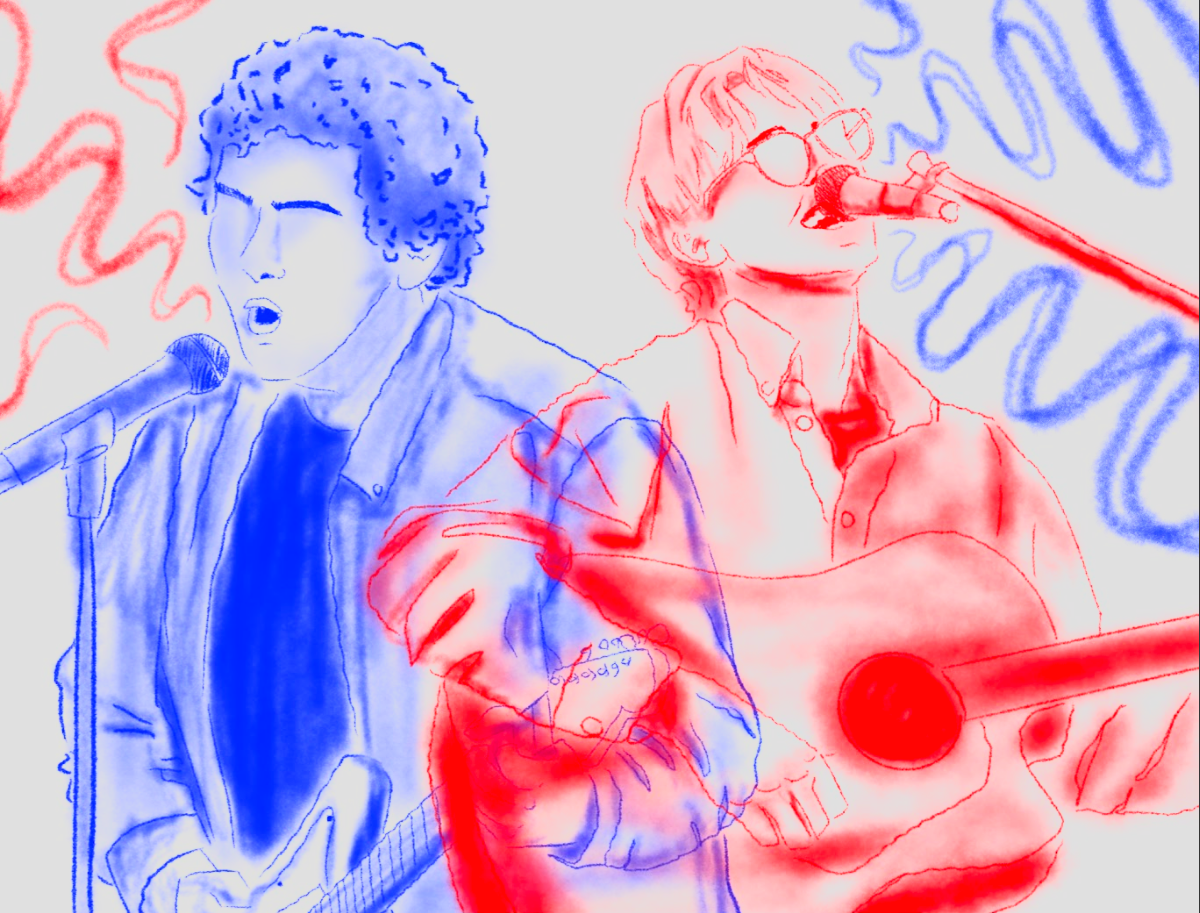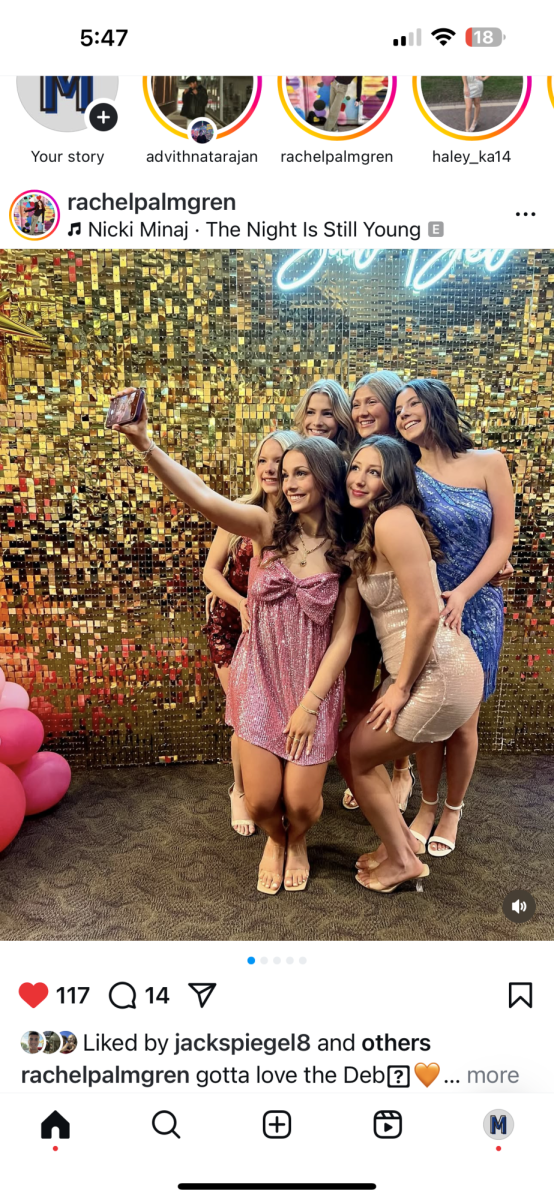NCAA caught amidst fraud scandal
April 17, 2018
Bribery threatens the long loved game of collegiate-level basketball
The National Collegiate Athletics Association has been under fire for their recent bribery scandal, in which Adidas bribed players and families of the NCAA to attend company-sponsored schools and then endorse the company later when they get to the professional leagues.
The Federal Bureau of Investigation has been working the bribery case undercover since 2015, using wiretaps, surveillance video, undercover agents and cooperating witnesses. They were able to uncover a wide list of schools who are involved in the bribery case, most recently, the University of Kansas.
The difference between this case and previous NCAA scandals is that this issue doesn’t just break NCAA rules of recruiting, but federal laws that come with legal consequences for bribers of as many as 20 years in prison.
However, the real question remains, why are students taking these bribes? The answer lies in the very creation of the NCAA itself, as when students sign onto the NCAA, they sign as “student-athletes” — or amateurs. Through this signature, players give up all compensation for playing. But, with the work student athletes put in, among other aspects of collegiate sports, why aren’t we paying students?
It is the agreement of The Mentor editorial board that student athletes should in fact be paid. There are a lot of pros and cons in this argument, but ultimately the wrongdoings of the NCAA outweigh the privilege of student athletes.
While it’s true many student athletes are offered scholarships to attend colleges and play sports, often the “free” education they receive is not only lacking in quality, but also comes with a non-monetary price.
For example, in a 2015 interview with Fox Sports, Shabazz Napier — then, an NCAA player for University of Connecticut, now a professional player for the Portland Trail Blazers — let slip that there were nights where he was unable to eat due to practice, and was still expected to play to full potential the next day.
Not only did Napier’s story spark outrage in 2015, but the discovery of the University of North Carolina “paper classes” — classes that were designed to lift student athletes’ grades for little, if any, academic work — created huge scandal for the NCAA. These classes included courses such as African American studies, and deprived athletes of the education promised to them when signing onto the NCAA school.
In addition to all this, schools consistently get paid for the image and work of their student athletes and the students see none of this money as NCAA colleges are able to use their player’s likeness and image for promotional value. If this activity was happening anywhere else, copyright laws would kick in and demand rights for these athletes. But because of the unair NCAA contract, the athletes sign over their rights to their image and any compensation.
While this money usually goes back into the sports program, that doesn’t make it right to exploit players simply because of their amateur status.
All in all, as shown through this bribery case, most student athletes are getting paid anyway; why not just make it legal?



